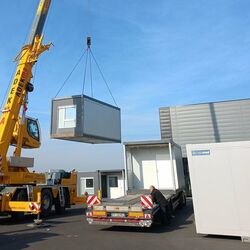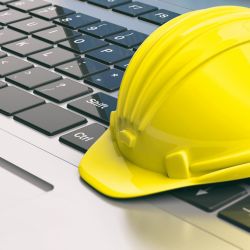Climate change, demographic transition, changing uses, technological changes are some of the challenges that will profoundly transform the demand for and supply of real estate in the years to come.
Selection of products
To read also
-
 71% of French people admit to not really understanding the different heating systems
71% of French people admit to not really understanding the different heating systems
-
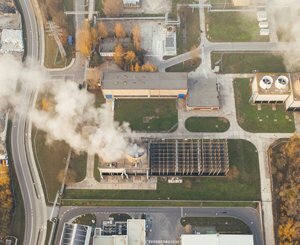 Greening the economy and society: the ambitious trajectory of the just transition
Greening the economy and society: the ambitious trajectory of the just transition
-
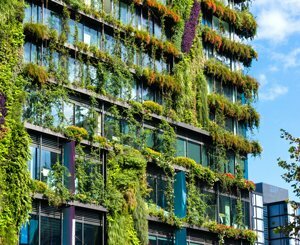 What steps for an efficient energy transformation of the building?
What steps for an efficient energy transformation of the building?
-
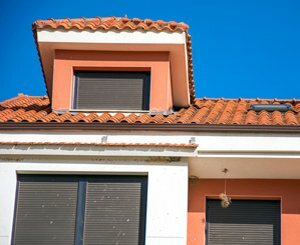 A report on anticipating the effects of +4°C warming reaffirms the need for housing adaptation
A report on anticipating the effects of +4°C warming reaffirms the need for housing adaptation
-
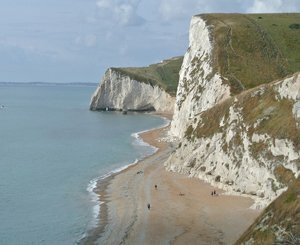 Coastal erosion: Béchu presents national scenarios and national maps, as well as the consequences for coastal territories
Coastal erosion: Béchu presents national scenarios and national maps, as well as the consequences for coastal territories
-
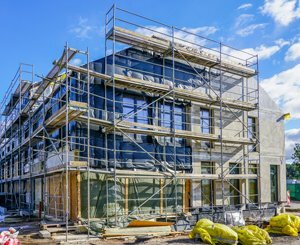 Adaptation to climate change: a report attempts to estimate the heavy investments required and the building is on the front line
Adaptation to climate change: a report attempts to estimate the heavy investments required and the building is on the front line
-
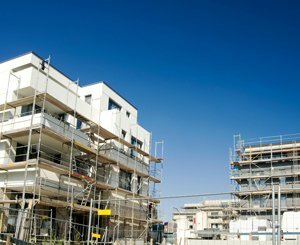 Building and real estate: a sector plagued by crises but whose ecological transition is underway
Building and real estate: a sector plagued by crises but whose ecological transition is underway
-
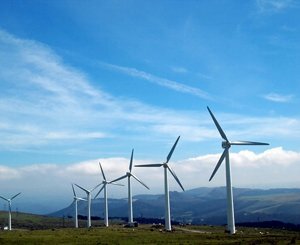 As the world burns more fossil fuels than ever, persistent obstacles hamper the race for renewable energy
As the world burns more fossil fuels than ever, persistent obstacles hamper the race for renewable energy
Popular News
-
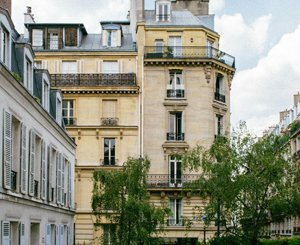 Old property prices are still falling but a recovery is taking shape
Old property prices are still falling but a recovery is taking shape
-
 AI is already revolutionizing businesses in architecture, engineering, construction... according to Autodesk's "State of Design & Make" study
AI is already revolutionizing businesses in architecture, engineering, construction... according to Autodesk's "State of Design & Make" study
-
 The slowdown in the decline in mortgage rates continues
The slowdown in the decline in mortgage rates continues
-
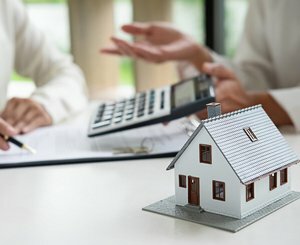 The average rate of real estate loans starts to fall again in the 1st quarter, according to Crédit Logement
The average rate of real estate loans starts to fall again in the 1st quarter, according to Crédit Logement
Publi-editorial
-
 EduRénov Plan: Rockwool unveils its Guide to successful energy renovation of school buildings
EduRénov Plan: Rockwool unveils its Guide to successful energy renovation of school buildings
-
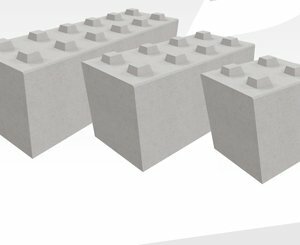 Create, modify and reuse with Block Walls
Create, modify and reuse with Block Walls
-
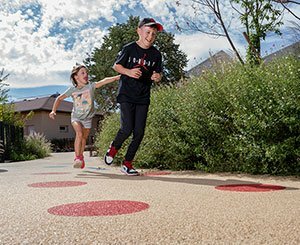 Hydro'Way, Eco'Urba, StabiWay and Baltazar... permeable floor covering solutions from JDM Expert
Hydro'Way, Eco'Urba, StabiWay and Baltazar... permeable floor covering solutions from JDM Expert
-
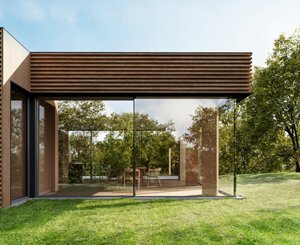 Cero IV minimalist sliding door by Solarlux: light as the protagonist
Cero IV minimalist sliding door by Solarlux: light as the protagonist



